Property Damage
Fallen branches or entire trees can cause significant damage to roofs, fences, and vehicles.
Have you ever considered how a single tree could be a ticking time bomb for your property? Understanding the signs of hazardous trees not only protects your home but also ensures the safety of your loved ones. Let's explore the essential lessons on tree health and safety!
Understanding the various risks associated with hazardous trees is essential for maintaining property safety. Below are significant risks to consider:
Fallen branches or entire trees can cause significant damage to roofs, fences, and vehicles.
Weak branches or trunks can break, posing a risk to people walking or playing nearby.
Damage from hazardous trees may lead to complicated insurance claims, which can be stressful and time-consuming.
Spotting problems early can prevent hazardous situations from developing.
As a tree safety expert with over a decade of experience, I've seen firsthand how crucial it is to identify hazardous trees around our homes. These trees can pose serious risks to both your property and the safety of your family. Understanding the signs of a hazardous tree can help prevent potential accidents and costly damages. At Safe Canopy Care, our mission is to educate homeowners on tree safety and risk prevention strategies so they can enjoy their outdoor spaces with peace of mind! For more detailed guidance, consider our long-term tree risk management tips.
Hazardous trees can create various risks that might go unnoticed until it’s too late. Here are some key risks associated with hazardous trees:
Being proactive about tree safety isn't just smart; it's essential for protecting your home and loved ones. Regular inspections can help identify weak spots before they lead to bigger problems. Trust me, peace of mind is worth the effort!
Regular tree inspections are critical for maintaining a safe and secure environment. Here’s why you should consider scheduling evaluations:
When I visit homes, I often remind homeowners of the importance of regular tree inspections. It’s not just about trees; it’s about safeguarding what matters most. By taking these steps, you can ensure both your home and family remain protected.
Identifying hazardous trees can be as simple as observing visual signs. Trees communicate their health through their appearance. Let's explore some key indicators that you should be aware of!
Dead or dying branches can be a glaring sign that a tree is struggling. Below are some common signs to look out for:
Addressing these problems early can help prevent further issues. If you notice these signs, it might be time to take action! For more information on dealing with precarious trees, check out our guide on hazardous tree removal best practices.
Branches that show signs of decay can lead to hazardous situations. Look for:
These signs can indicate a weakened structure that should be assessed by a professional. Don’t hesitate to reach out for help—your safety is worth it!
Hanging branches, especially during storms, can be a serious hazard. These branches might:
Keep an eye on these kinds of branches to ensure the safety of your loved ones.
Cracks and splits are serious indicators of a tree’s health. They can compromise the tree's structural integrity and may lead to failure. Be on the lookout for:
Understanding the implications of these signs is crucial for maintaining tree safety on your property. If you find significant cracks, it’s best to consult a certified arborist. Our dangerous trees identification guide offers further insights.
Structural damage can lead to catastrophic failure. Trees with severe cracks may:
Regular inspections can help catch these issues early, leading to better outcomes for your trees and property!
A hollow trunk often signifies serious health issues. If you notice hollowness, it may indicate decay that compromises the entire tree. Here’s what to consider:
Hollow trees can be dangerous—they may fall without warning! Always consult a professional if you suspect your tree is hollow or decaying.
To assess a tree’s stability, look for:
These assessments are crucial for ensuring your property remains safe from tree-related hazards!
Exposed roots can signify potential risks. They may lead to:
Keep a close watch on your trees, especially after heavy rains or storms!
Soil erosion can significantly affect tree health. It may:
Regular maintenance can help protect against soil erosion, ensuring healthy trees for years to come!
Leaning trees can be a red flag for homeowners. If you notice a tree leaning, consider the following:
Proactive measures can make all the difference in ensuring the safety of your property! To help prepare your landscape, read our storm-ready landscaping tips.
Tree health issues can lead to dangerous situations. Common problems include:
Being aware of these issues can help you prevent hazards and take appropriate action!
Some common diseases and pests to look out for include:
If you suspect an issue, consulting with an arborist can provide effective solutions!
Managing tree decay is essential for safety. Consider these tips:
Taking these steps can help you maintain healthy trees and ensure the safety of your property!
When assessing your trees, consider keeping a tree health journal. Document the condition of your trees, including any changes you notice during inspections. This practice not only helps track the health of your trees over time but also provides valuable information if you need to consult a professional later on.
Having a proactive tree care plan is essential for ensuring the health and safety of the trees on your property. At Safe Canopy Care, we believe that prevention is the best approach to tree management. By implementing a structured plan, you can not only maintain the aesthetic appeal of your landscape but also protect your home from potential hazards.
One of the first steps in creating a proactive tree care plan is to identify the key areas that need attention. This includes understanding proper pruning techniques, soil health, and pest management. If you're feeling overwhelmed, I’m here to guide you through the process! Let’s explore how you can maintain your trees effectively.
To keep your trees strong and healthy, consider the following preventative measures:
By implementing these methods, you set your trees up for success! A little attention to detail can go a long way in preventing future issues that may arise.
Pruning is not just about aesthetics; it’s about maintaining the health of your tree. Here are a few tips to keep in mind:
Taking these steps can significantly enhance your trees' vitality! Remember, even small adjustments can make a big difference.
Pest management is a critical component of tree care. Here’s how you can keep pests at bay:
By taking a proactive approach to pest management, you can ensure the long-term health of your trees. I always recommend keeping a close eye on your trees, as early detection can save a lot of trouble down the road!
To effectively identify tree hazards, visual aids can be incredibly helpful. At Safe Canopy Care, I often use images and diagrams to illustrate common signs of tree risks. By providing engaging content, I aim to enhance your understanding and empower you to take action.
Incorporating visual aids into your tree care assessments can be a game-changer. Here are some effective methods:
These tools make it easier to recognize potential hazards and understand how to address them appropriately!
It’s common to have questions about tree safety. Here are some frequently asked questions that I often receive:
Understanding these common queries can help you feel more confident in managing your tree health and safety.
In summary, having a proactive tree care plan is crucial for safeguarding your property. Regular inspections, proper maintenance, and the willingness to learn can lead to healthier trees and a safer home environment. At Safe Canopy Care, I’m here to support you with expert guidance and resources!
Remember the signs that indicate a tree might pose a risk:
Being aware of these indicators can help you take timely action to protect your home and loved ones.
Don’t wait for problems to arise! Taking proactive measures today can help prevent costly damage tomorrow. I encourage you to apply the insights shared here and engage in regular maintenance. Together, we can create a safer environment for your family and your trees! You can also find valuable resources by checking out a tree service directory to connect with local professionals.
Here is a quick recap of the important points discussed in the article:
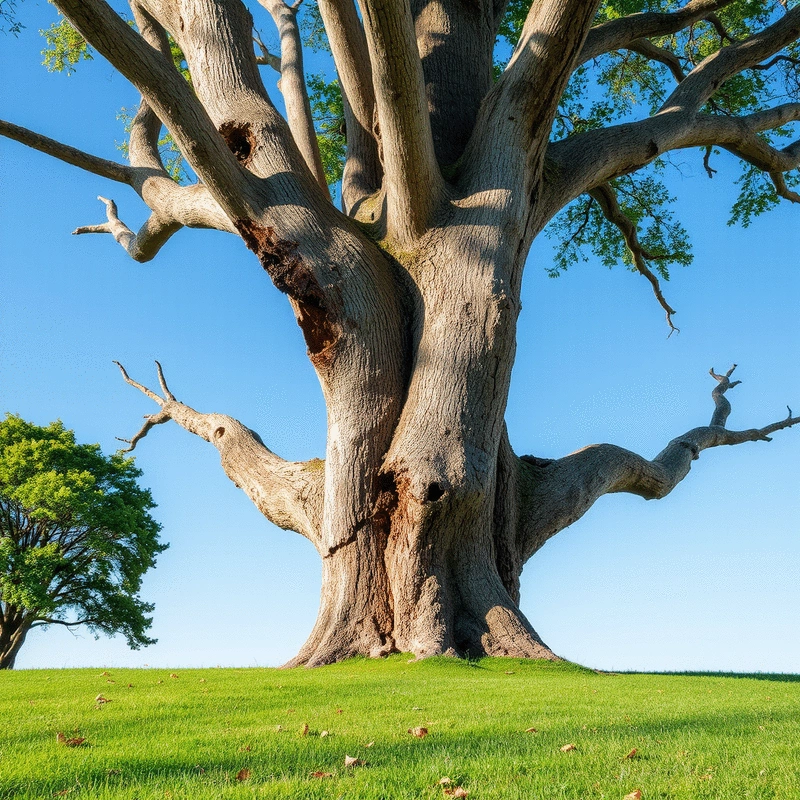
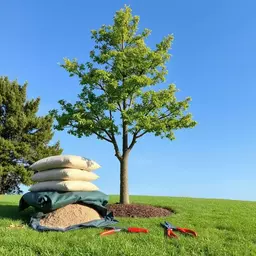 Storms can be unpredictable, but your response doesn’t have to be. By understanding storm prepared
Storms can be unpredictable, but your response doesn’t have to be. By understanding storm prepared
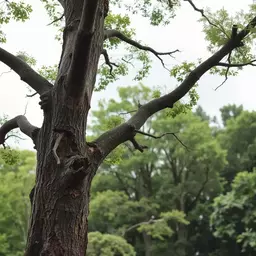 As storms can strike without warning, ensuring the safety of your trees is not just a precaution—i
As storms can strike without warning, ensuring the safety of your trees is not just a precaution—i
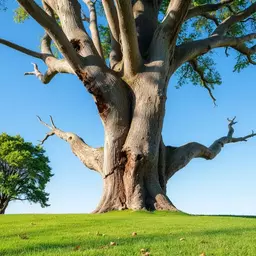 Have you ever considered how a single tree could be a ticking time bomb for your property? Understan
Have you ever considered how a single tree could be a ticking time bomb for your property? Understan
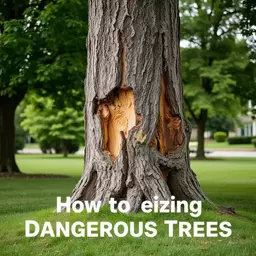 Have you ever considered how something as seemingly benign as a tree can quickly become a danger? Ea
Have you ever considered how something as seemingly benign as a tree can quickly become a danger? Ea